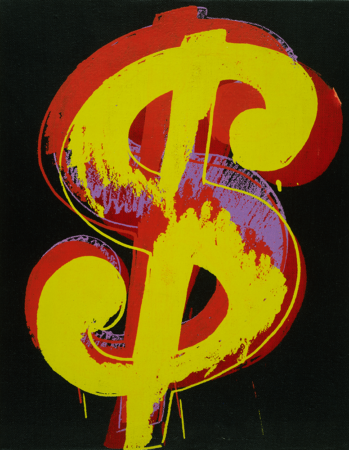New ways of seeing Warhol – new collections in the Artstor Digital Library
Michael Hermann, Director of Licensing at The Andy Warhol Foundation for the Visual Arts, explains how the Foundation’s collections in the Artstor Digital Library provide a comprehensive view of Warhol’s cultural impact–as well as insight into his personal life. Thirty years after his death, Andy Warhol (1928-1987) remains one of the most influential figures in contemporary […]

